The old farmer who grows celery in the greenhouse will teach you the key points of celery cultivation techniques, but it is different.

Click to follow us and update the agricultural planting technology every day to help you get rich. Please click here to enter the picture description.
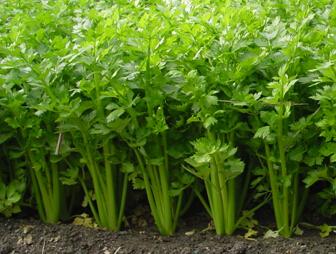
I. Environmental requirements
1. Temperature
Celery originates from the Mediterranean coast and is a shallow root vegetable of Umbelliferae. It likes cool and mild climate. The optimum temperature for seed germination is 18-25 ℃, the lowest temperature is 4-6 ℃, the room temperature at seedling stage is 15-20 ℃, and the highest temperature is 30 ℃.
2. Lighting
Low temperature and long sunshine can promote the differentiation of flower buds at the tip of seedlings, and the quality of celery becomes worse at high temperature. therefore, celery is suitable for planting in protected environment.
3. Moisture
The root system of celery is shallow, mostly about 12m ~ 18cm, so it is not resistant to drought and needs moist soil and air.
4. Soil
Celery is suitable for loam or clay loam which is rich in organic matter, water and fertility.
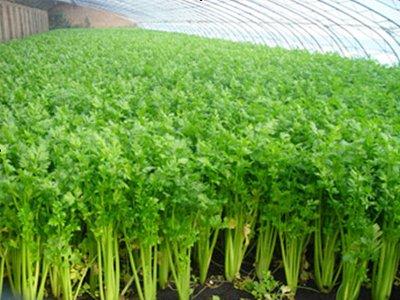
2. Selecting land to sow seeds
Select leeward to the sun, fertile soil, water conservation, fertility of strong loam or clay loam as seedling bed, before sowing, such as water infiltration before sowing, in order to make the seed sowing evenly, can be mixed with fine soil or fine sand, cover 0.3-0.5 cm fine soil after sowing. Local celery seedlings 100-150 g / mu, celery seedlings 25-50 g / mu.
III. Seedling stage management
After sowing, the soil should be kept moist, the temperature should be 15-18 ℃, the seedlings should be evenly distributed and divided properly. When the seedlings grow to 3-4 leaves, 10 grams of urea per square meter should be applied to lift the seedlings, and the seedling age should be 50-70 days.
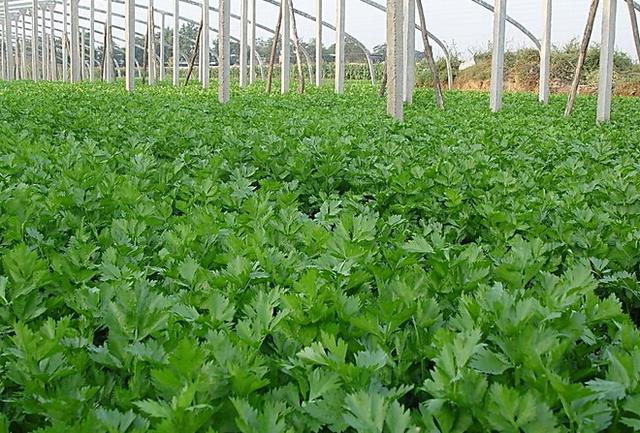
IV. Transplanting
1. Soil preparation and fertilization
Pay attention to crop rotation, the current crop after harvest ploughing or deep digging soil, depth of 20-25 cm, clean the countryside. 4000-5000 kg of farm manure, 50-60 kg of calcium, 25-30 kg of potassium sulfate and 0.5-1 kg of borax were applied per mu, combined with soil preparation as base fertilizer.
2. Timely transplanting
Local celery is suitable for close planting, with a row spacing of 10-16 cm, 2-3 plants per hole, and celery plants with a row spacing of 25-30 cm, 1 plant per hole.
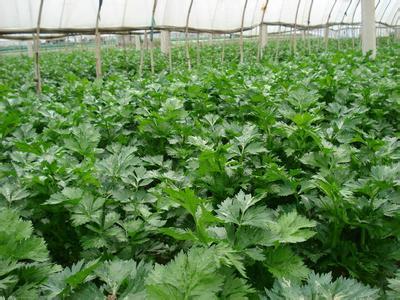
V. Field management
1. Fertilizer and water management
Watering enough root water after transplanting, slowing the seedling water several times in a row, keeping the soil moist, topdressing with urea 10-15 kg per mu and P-K compound fertilizer 20 kg per mu for a total of 2-3 times. Stop topdressing and spraying 20 days before harvest.
2. Ploughing and weeding
Weeding in time before the plant is closed, shallow ploughing, cultivating soil to prevent toppling.
3. Temperature management
Celery likes warm and cool climate, can not bear high temperature and is afraid of frost, adjust the temperature in the shed according to the climate.
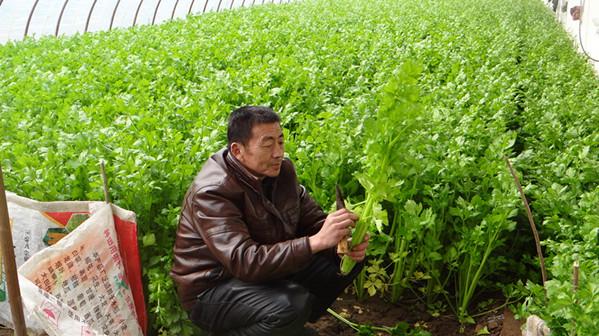
VI. Pest control
1. Physical control: trap and kill with anti-insect net and yellow board.
2. To control spot blight, brown spot, Sclerotinia sclerotiorum and so on, 37% difenoconazole 6g / mu or 75% chlorothalonil 100g / mu sprayed with water, once every 8-10 days, can be used alternately.
3. To prevent and cure soft rot, 72% agricultural streptomycin, or 3000-4000 times of neophytomycin, or DT wettable powder can be used alternately, once every 7-10 days.
4. To control aphids and Liriomyza huidobrensis, 50% aldicarb wettable agent 2000 times, or 70% miramine 5000-8000 times, or 1.8% avermectin 50 ml / mu, spray control. VII. Harvest
When celery is as high as 60-100 cm, it can be harvested with about 10 leaves.
Welcome to subscribe to follow this headline, we share the latest agricultural planting technology and agriculture-related information every day, welcome to share and forward likes, if you have any good suggestions or want to know about planting technology, welcome to leave a message, we will extract some of the issues that you are most concerned about and invite agricultural technical experts to share professional guidance.
- Prev

2017 farmers planted a new type of "lazy rice" and harvested for more than a year, with a yield of more than 1,000 jin per mu.
In 2017, farmers planted a new type of "lazy rice" for more than a year to harvest, with a yield of more than 1000 jin per mu, which can be harvested for many years.
- Next
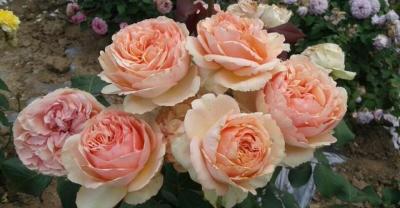
Taro planting high-yield cultivation management techniques, it turns out that farmers also have so much attention to planting.
Click to follow us, update agricultural planting technology every day, help you get rich, sowing seeds are generally carried out after the local final frost, usually in April.
Related
- Fuxing push coffee new agricultural production and marketing class: lack of small-scale processing plants
- Jujube rice field leisure farm deep ploughing Yilan for five years to create a space for organic food and play
- Nongyu Farm-A trial of organic papaya for brave women with advanced technology
- Four points for attention in the prevention and control of diseases and insect pests of edible fungi
- How to add nutrient solution to Edible Fungi
- Is there any good way to control edible fungus mites?
- Open Inoculation Technology of Edible Fungi
- Is there any clever way to use fertilizer for edible fungus in winter?
- What agents are used to kill the pathogens of edible fungi in the mushroom shed?
- Rapid drying of Edible Fungi

